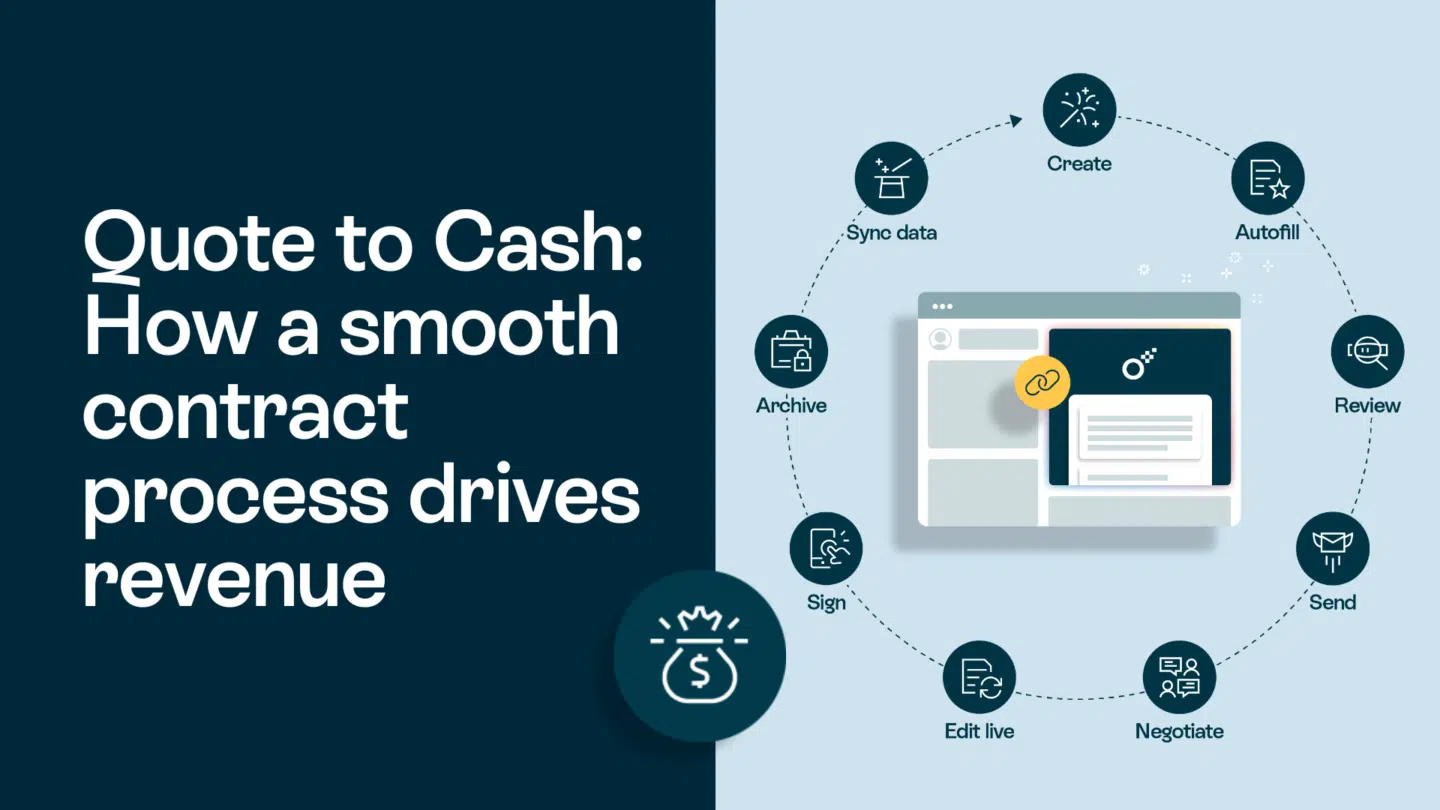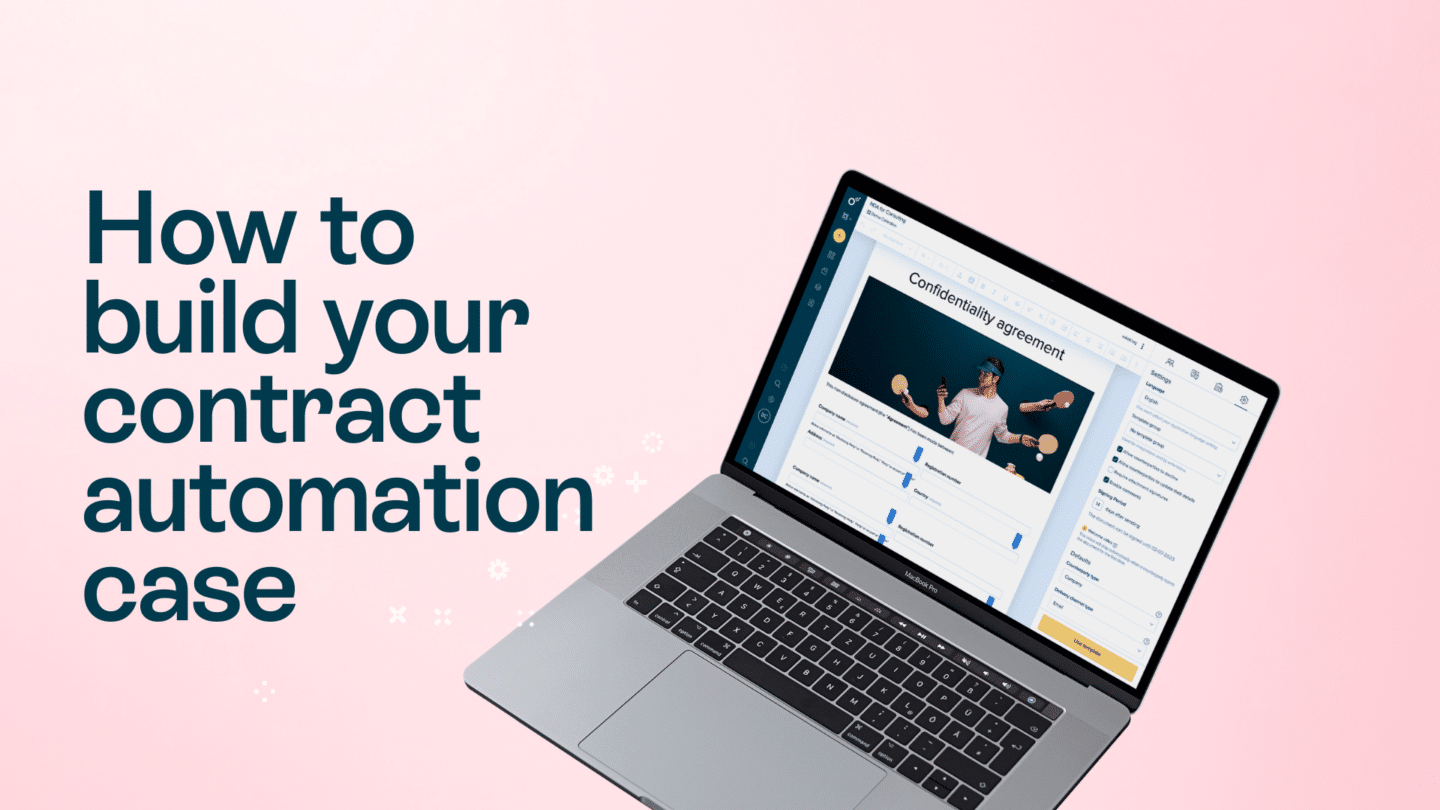Writing a project proposal can be a daunting task, especially if you’re new to the process. However, with a clear understanding of the basics and key elements, as well as some tips and tricks, you can easily create a compelling proposal that captures the attention of your audience. In this article, we will explore the step-by-step process of writing an effective project proposal, from defining its purpose to outlining the project scope and highlighting its benefits and impact. So, let’s dive in!
Understanding the basics of a project proposal
What is a project proposal?
Before we embark on the journey of writing a project proposal, let’s first understand what it actually is. A project proposal is a document that outlines the purpose, objectives, and detailed plan for a specific project. It serves as a roadmap that guides stakeholders, funders, and decision-makers through the project’s key components and justifies its importance.
When crafting a project proposal, it is essential to clearly define the problem or need that the project aims to address. This helps stakeholders understand the context and significance of the project. Additionally, the proposal should outline the goals and objectives of the project, providing a clear direction for the project team.
Furthermore, a project proposal should include a detailed plan that outlines the activities, tasks, and resources required to achieve the project’s objectives. This plan should also consider the timeline and milestones, allowing stakeholders to assess the feasibility and progress of the project.
Read also: Use these free business templates from Oneflow
Importance of a project proposal
Now that we know what a project proposal is, let’s explore why it is so crucial. Simply put, a well-written project proposal increases your chances of securing the necessary resources and support for your project. It allows you to effectively communicate your project’s value, goals, and anticipated outcomes, which helps stakeholders make informed decisions.
Moreover, a project proposal helps you evaluate the feasibility and viability of your project before investing significant time and resources. It forces you to think critically about the project’s objectives, scope, timeline, and potential risks, ensuring that you have a solid plan in place.
Additionally, a project proposal serves as a tool for collaboration and alignment. By clearly outlining the project’s purpose and objectives, it helps stakeholders understand the project’s potential impact and align their interests and priorities with the project’s goals.
But a project proposal also provides a basis for accountability and evaluation. It sets clear expectations for the project team and stakeholders, allowing them to monitor progress and assess the project’s success against the defined objectives and outcomes.
Lastly, a project proposal can also be used as a reference document for future projects. By documenting the project’s objectives, activities, and outcomes, it provides valuable insights and lessons learned that can inform and improve future project planning and implementation.
Read also: What is contract management? a complete guide

Key elements of a project proposal
Project overview
The project overview is the starting point of your proposal and provides a concise summary of the project. It should include a clear and compelling description of the problem or need the project aims to address, along with its proposed solution. Additionally, you should mention the expected outcomes and benefits, which will captivate your audience and generate interest in your project.
For example, let’s consider a project proposal to address the issue of food insecurity in a local community. The project overview would highlight the high prevalence of food deserts in the area, where residents lack access to fresh and nutritious food. The proposed solution would involve establishing a community garden and food distribution program, which would not only provide healthy food options but also promote community engagement and education on sustainable farming practices.
The expected outcomes of this project would include improved access to fresh produce, increased food security, and enhanced community cohesion. By emphasizing these benefits, the project overview effectively communicates the significance and potential impact of the proposed project.
Read also: Free sales agreement template for every business
Project objectives
Next, you need to outline the specific objectives of your project. Your objectives should be measurable, realistic, and aligned with the problem or need you identified. By clearly defining your objectives, you demonstrate your commitment to achieving tangible results, which instills confidence in your audience.
Continuing with the example of the food insecurity project, the objectives would include establishing the community garden within six months, recruiting and training volunteers to maintain the garden, and distributing fresh produce to at least 100 families on a weekly basis. These objectives are specific, time-bound, and directly address the problem of food insecurity in the community.
By outlining these objectives, the project proposal showcases a clear roadmap for achieving the desired outcomes and provides a basis for evaluating the project’s success. This level of detail and specificity enhances the credibility and persuasiveness of the proposal.
Writing a project proposal? Detailed project plan
Once you have established the objectives, it’s time to dive into the specifics of your project plan. This section should provide an in-depth overview of the project activities, timeline, and resources required for successful execution. Be sure to break down the project into manageable tasks and assign responsibilities to team members or departments. A well-structured and detailed project plan showcases your organization and planning skills, ultimately strengthening your proposal.
In the case of the food insecurity project, the detailed project plan would include tasks such as securing a suitable land for the community garden, designing and constructing raised beds, organizing volunteer training sessions, establishing partnerships with local grocery stores for surplus food donations, and implementing a distribution system. Each task would be assigned a specific timeframe and responsible individuals or teams.
Furthermore, the project plan would outline the necessary resources, such as gardening tools, seeds, compost, and transportation for food distribution. It would also address potential challenges and risk mitigation strategies, demonstrating a proactive approach to project management.
By presenting a comprehensive and well-thought-out project plan, the proposal not only showcases your ability to execute the project effectively but also instills confidence in potential stakeholders, such as funders or community partners.
Read also: Why Oneflow is a contract platform for everyone

Steps to write an effective project proposal
Identifying the problem or need
The first step in writing a project proposal is identifying a problem or need that your project can address. Conduct thorough research, gather relevant data and statistics, and clearly articulate the issue at hand. This helps you build a compelling case for your project and highlights its relevance and potential impact.
Proposing a solution
Having identified the problem, it’s time to present a solution. Describe how your project will tackle the problem and provide a detailed plan of action. Outline the specific activities, methodologies, and strategies you will employ to achieve the desired outcomes. Remember to align your proposed solution with the unique needs and expectations of your target audience.
Outlining the project scope
Defining the project scope is crucial to ensure that all stakeholders have a clear understanding of what will be delivered and what will be excluded from the project. Clearly outline the project boundaries, deliverables, and limitations. This helps manage expectations and prevents scope creep, ensuring that your project stays on track and within budget.
Read also: The ultimate guide to proposal management

Tips for writing a convincing project proposal
Tailoring the proposal to the audience
When writing a project proposal, it’s important to consider your audience’s needs, interests, and expectations. Tailor your proposal accordingly, using language and terminology that resonates with your audience. Highlight the specific benefits and outcomes that are most relevant to them, showing that you understand their perspective and have taken the time to address their concerns.
Ensuring clarity and conciseness
Avoid using jargon or technical terms that might confuse your audience. Clearly articulate your ideas and ensure that your proposal is easy to read and understand. Use bullet points, headings, and subheadings to organize your content effectively. Be concise and get to the point, focusing on the essential information that will grab your audience’s attention.
Highlighting the benefits and impact
Finally, emphasize the benefits and impact of your project throughout the proposal. Explain how your project will contribute to the overall success of your organization or community. Highlight any positive outcomes, such as increased efficiency, cost savings, or improved quality of life. By showcasing the potential return on investment, you create a compelling case for supporting your project.
Writing a project proposal requires careful planning, research, and attention to detail. By following the step-by-step process outlined in this article, and considering the tips provided, you can create a convincing and impactful proposal that increases your chances of success. So, get started on your project proposal journey and bring your ideas to life!








